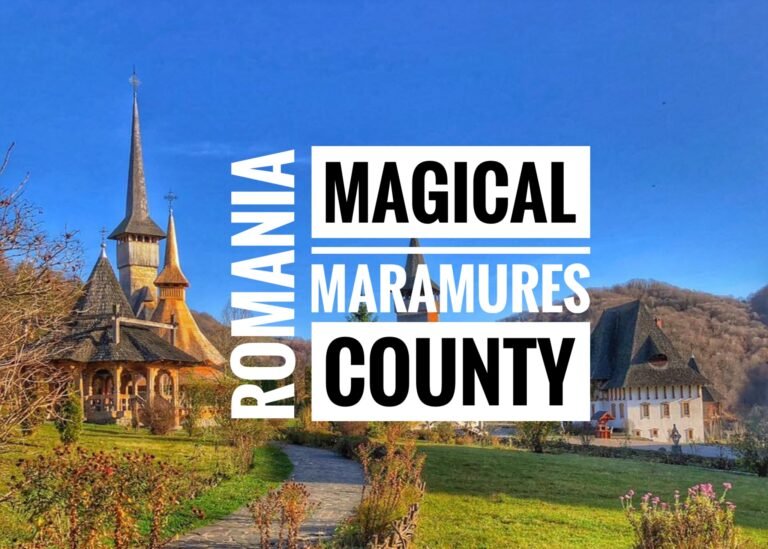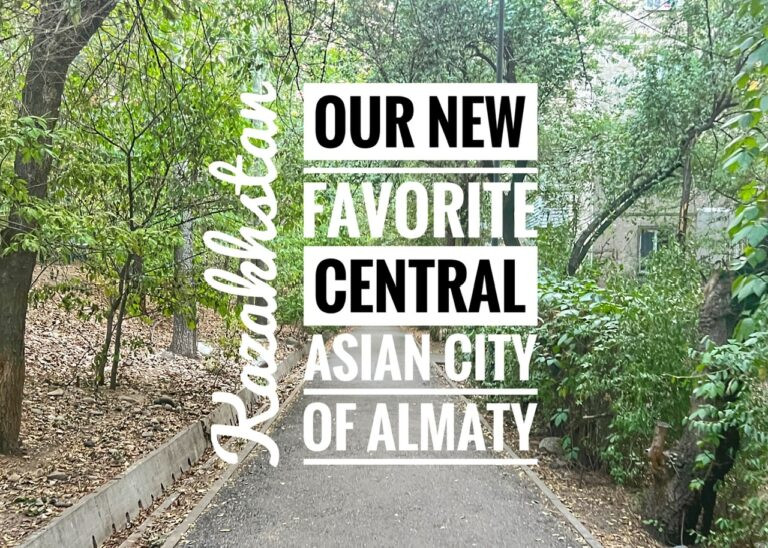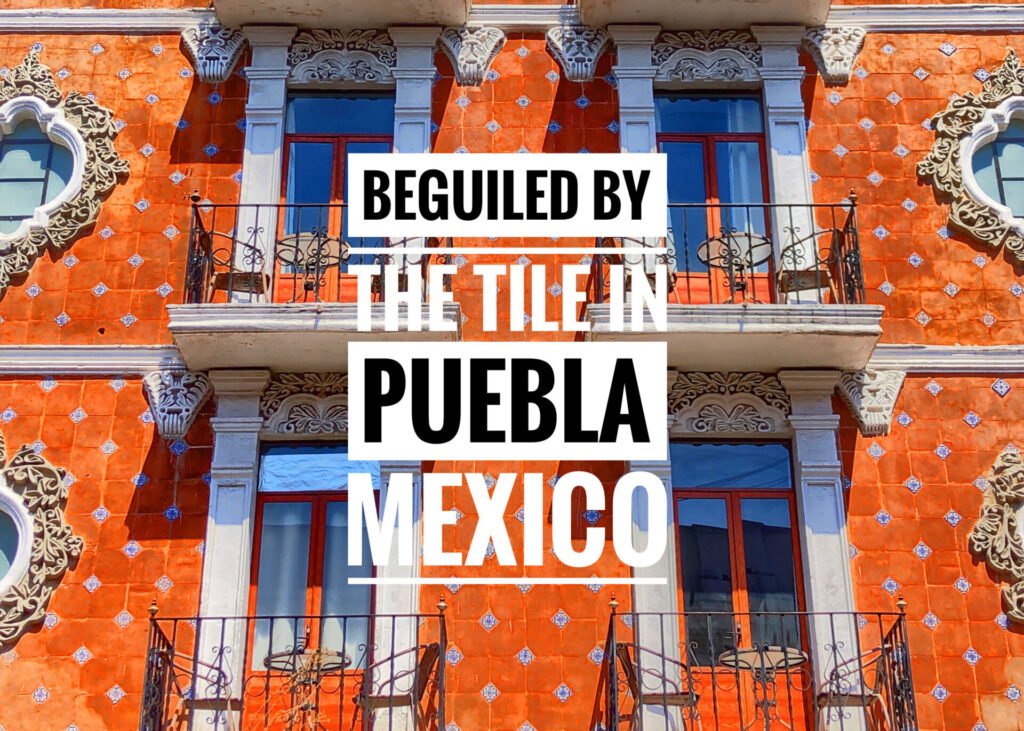
From Cholula, we went 45-minutes on the FREE tourist TRAIN to the nearby bustling city of Puebla, the fourth biggest in Mexico. This city, two hours southeast of Mexico City, is know for rich traditions of food, art and history and is certainly a tourist destination in its own rite. It was founded in 1531 as the first ‘perfect’ city in the Americas; which means…a city built to accommodate only Spaniards. Geez.
It’s incredibly safe, very walkable and has a ton to see. Unfortunately we chose the wrong day to go, and most of the notable sites were closed. Not due to COVID, but due to it being on a Monday. Not our best.
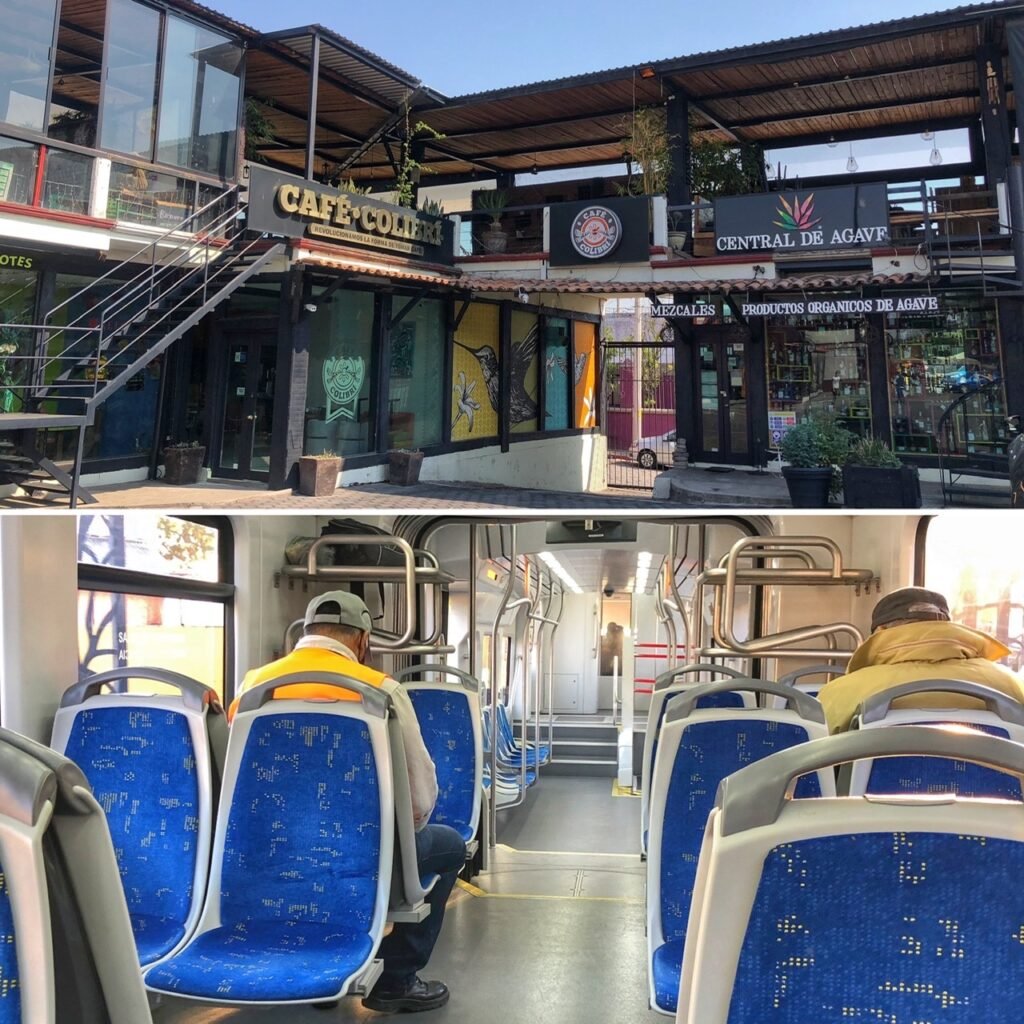
On the Euro-style train. Believe it or not, our first in Mexico as they’re not very common. It is only a few years old and is completely free for all. At top, the cute shops near the train station in Cholula.

La Callejon de Los Sapos (or less beautifully said in English…the Alley of the Toads) is one of the most colorful and emblematic streets in Puebla. It looks like it fell out of a storybook, and for us, had a bit of a Scandinavian flavor.

Mandy soaks in the rainbow.
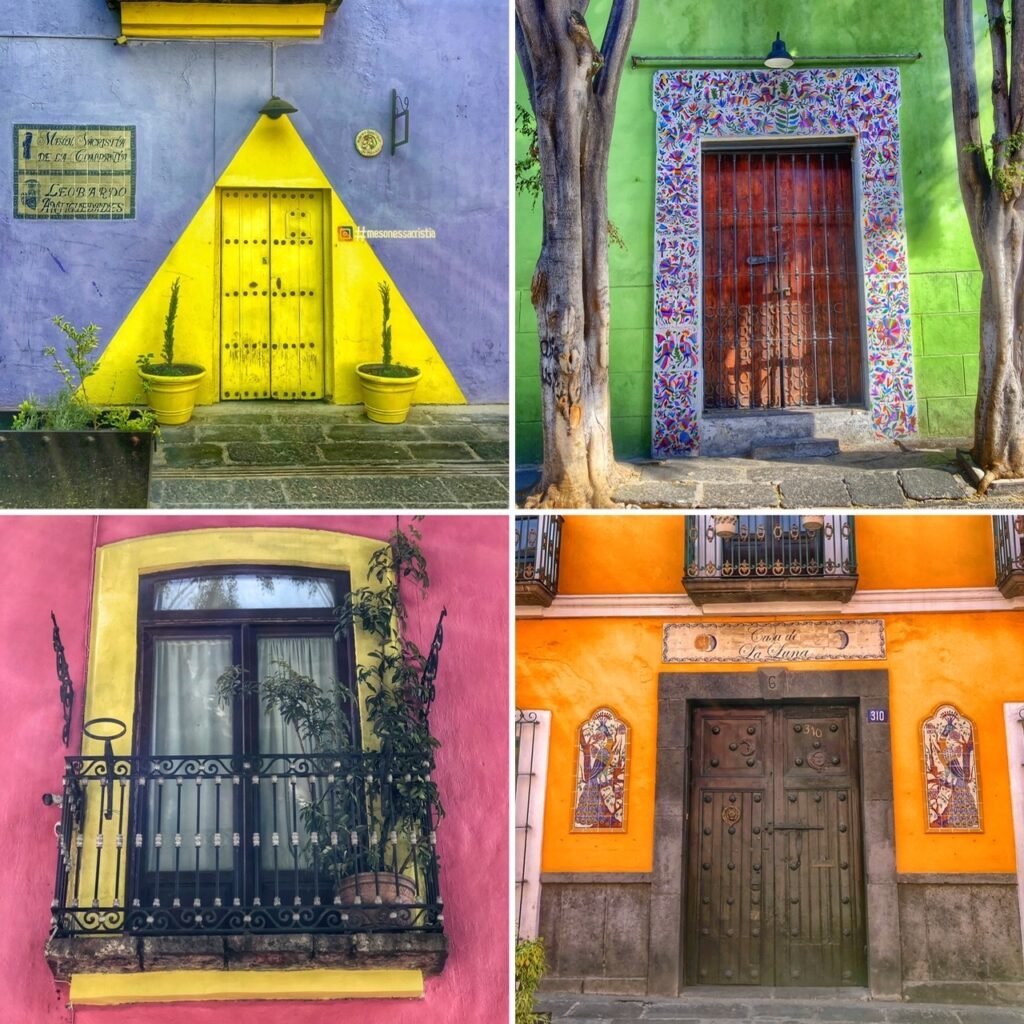
It’s hard to decide which door you want to knock on.

One of the brilliantly colored cafes near el Callejon de Los Sapas.
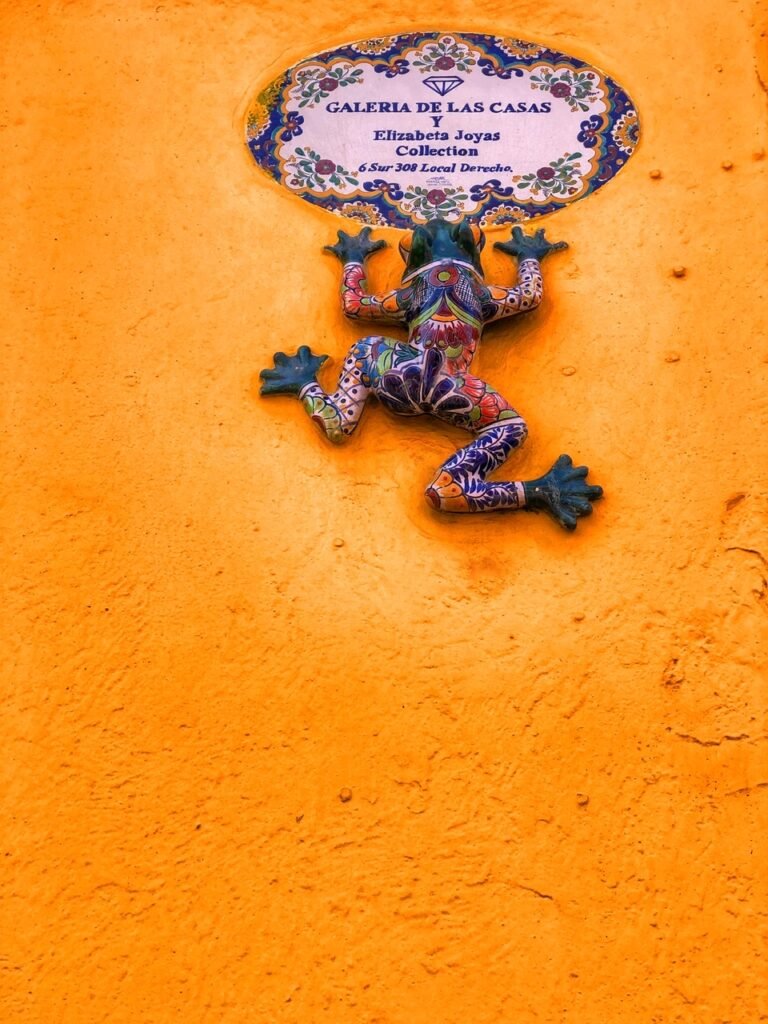
Ah, we found a toad!
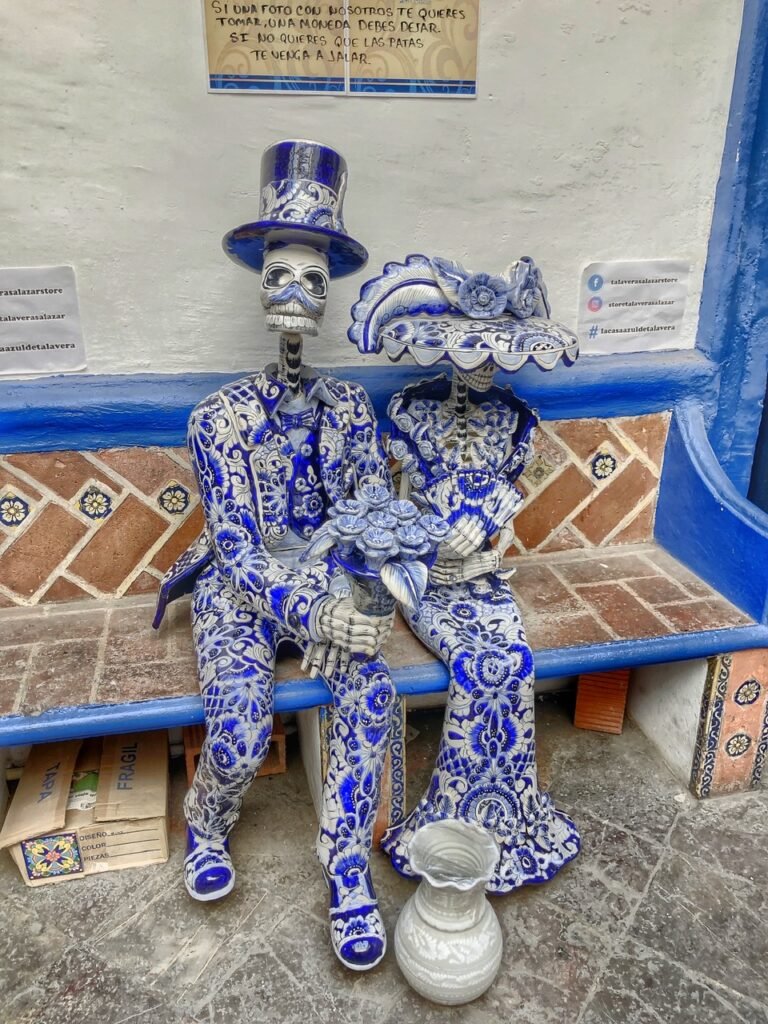
What an adorable couple! The talavera from Puebla is one of the few Mexican products with protected designation of origin. It is a type of ceramic that has been produced without interruption for more than four centuries. This makes it one of the most important folk art expressions in Mexico.

Speaking of tile, the handsome Edificio Coatapec Hotel has been restored to perfection. It is covered with talavera from top to bottom.

The fire engine red Santo Domingo Church was completed in 1659 and holds the crown jewel of the church world in Puebla…the Chapel of the Rosario, which features one of the most ornate vaulted ceilings draped in gold. Closed….
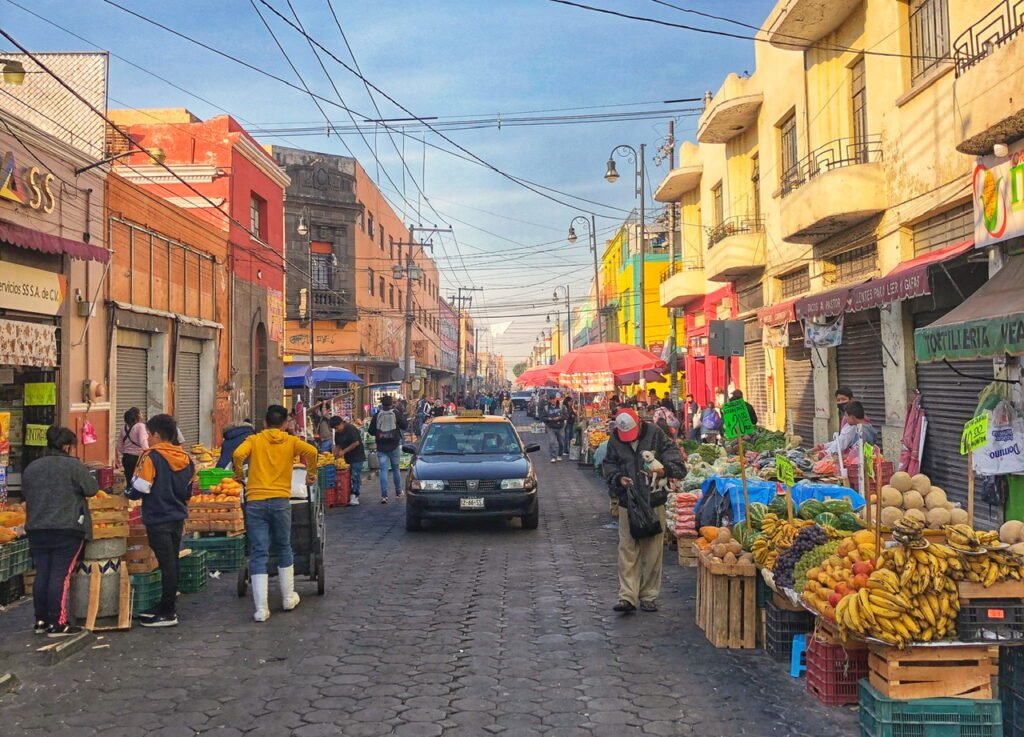
At least Monday seemed to be a street market day!
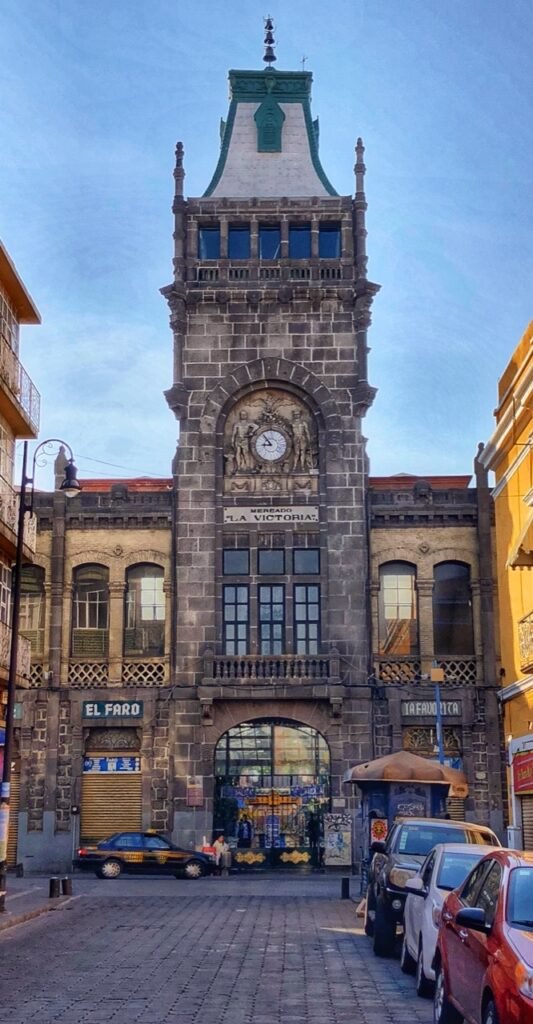
The beautiful La Victoria Mercado, however, was not open! Amazing how much it looks like a train station!

A church garnished with a talavera tile dome!
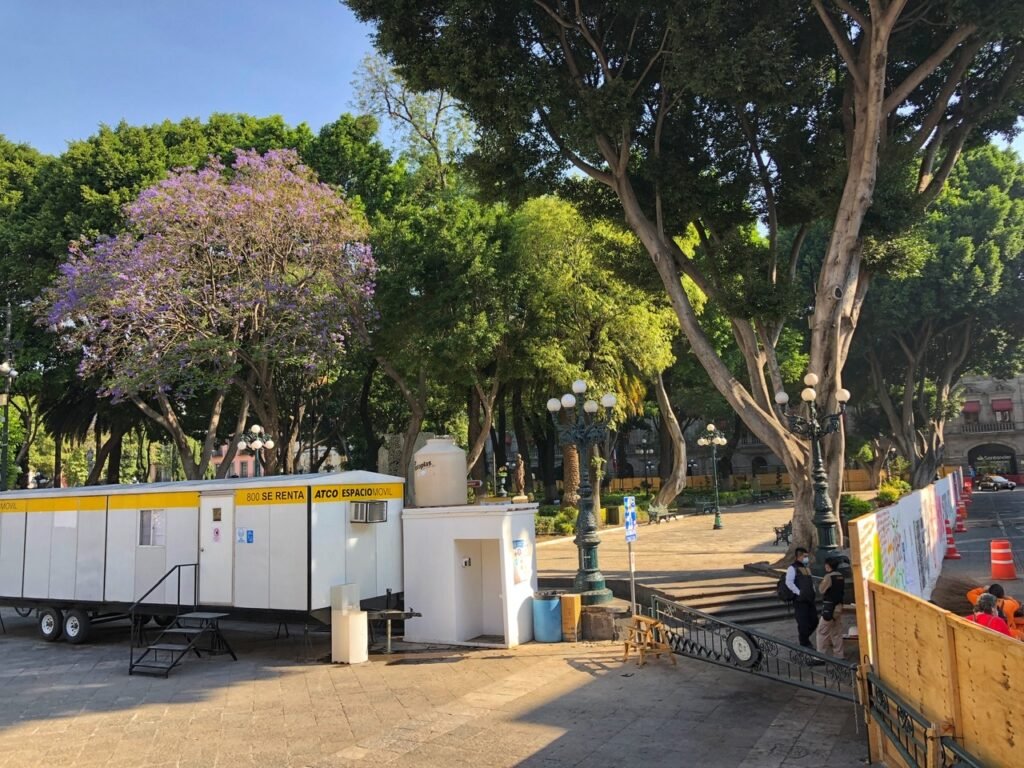
Of course, the entire Zocalo was closed off. This time for Covid. Ugh.
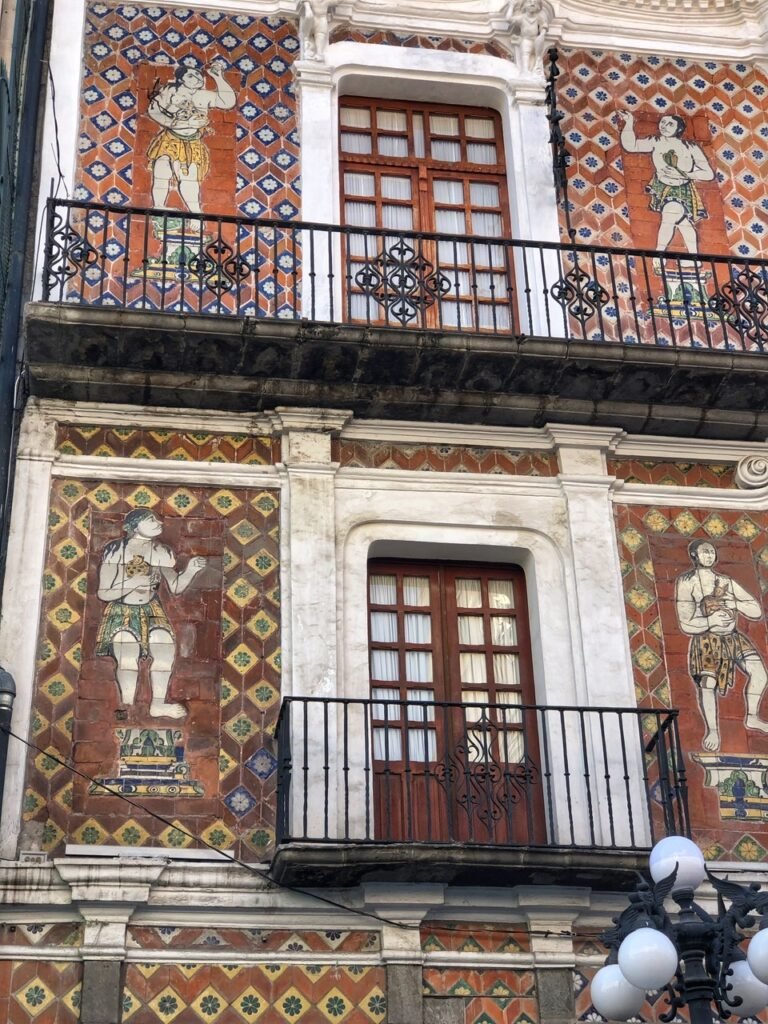
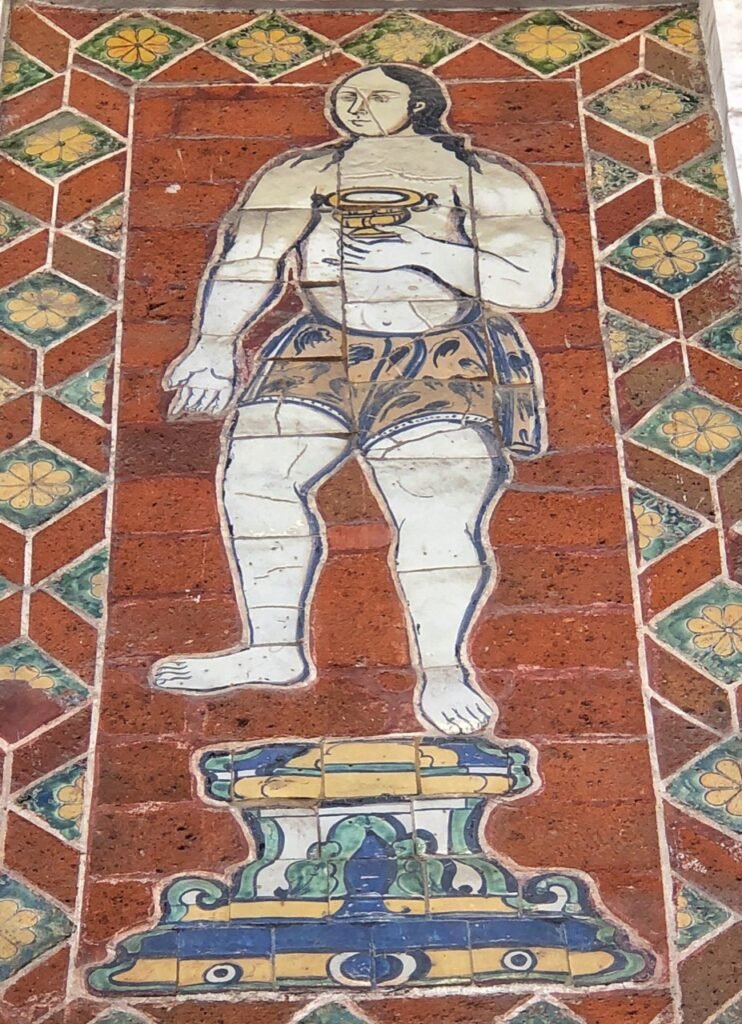

This house received its name from the human figures made of Talavera tiles that appear on its façade. It has a series of balconies that alternate with the 16 Talavera characters, popularly known as “Los Muñecos”, which according to tradition and one of the versions, represent the Councilors who opposed the construction of this house. Surprised they didn’t make them with sketch-artist creations drawn over their faces…

La Pasita, which is a famous hundred year old bar is a definite stopping point in Puebla. It is named after its eclectic signature drink, which is a sweet liqueur made of raisins, served in a caballito (tequila glass), and decorated with a cube of fresh goat cheese and a raisin stuck on a toothpick. Weirdly intriguing. Of course, it was closed. Dang.
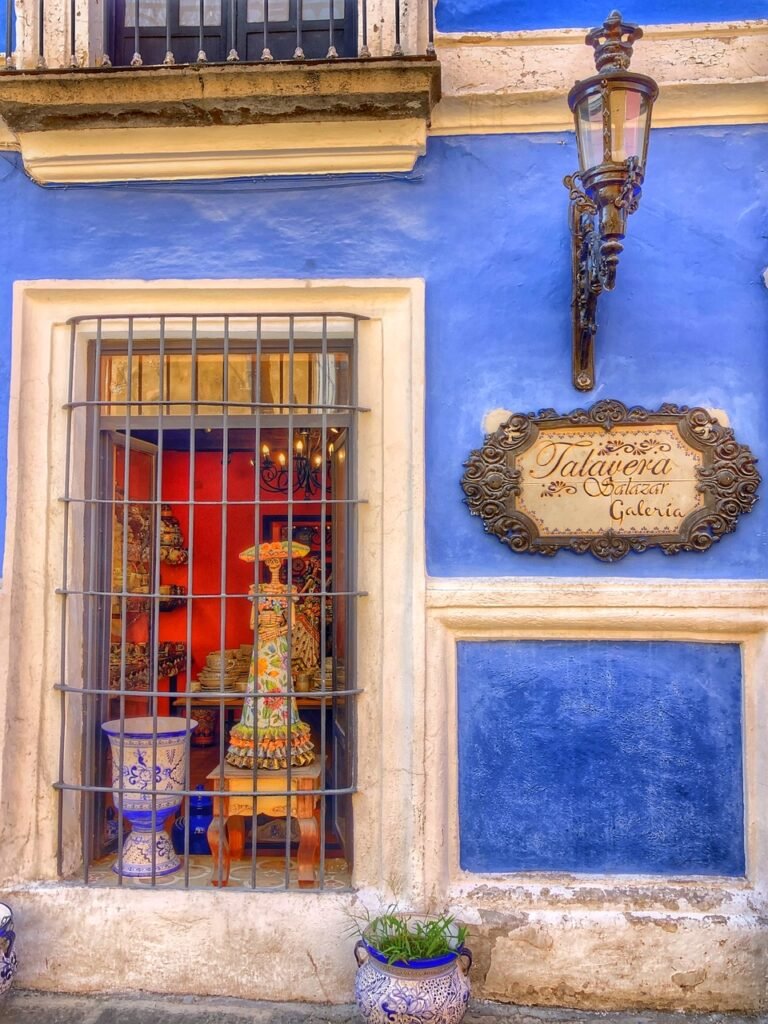
Fortunately we did find a few talavera galleries open for business.

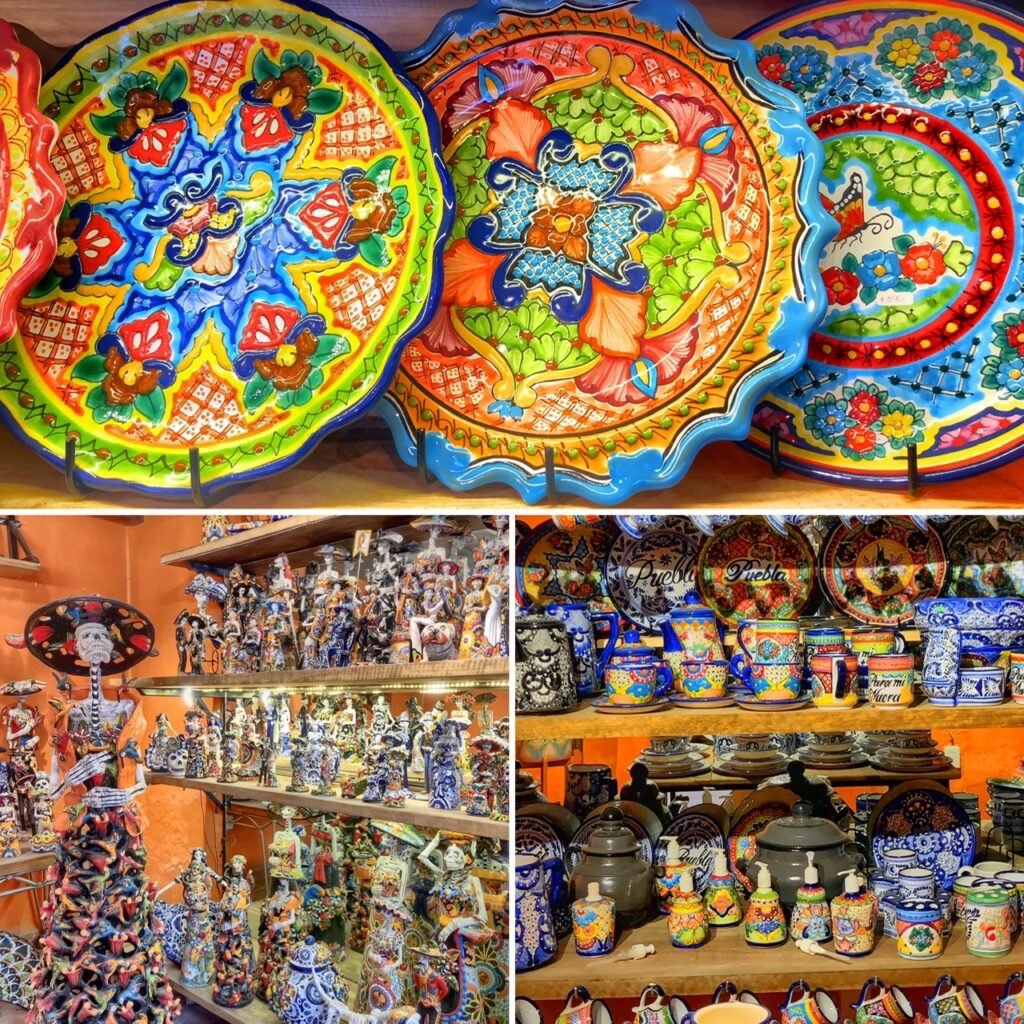
So bizarrely Mexican. We love it. You can see some selection of the stunning pieces they offered. Mugs started at $60 pesos (around $3.) We again said to ourselves how fun it would be to decorate a house in Mexico.
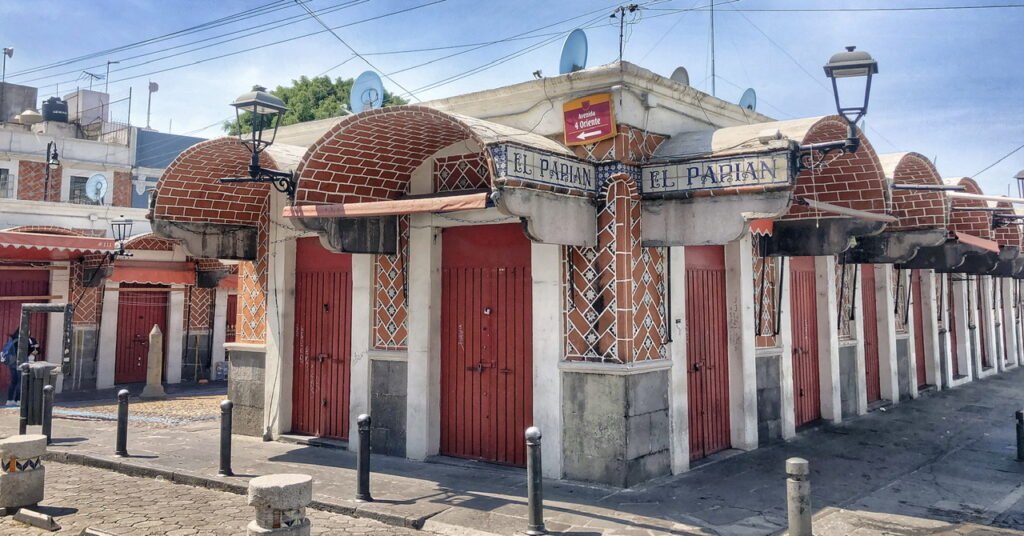
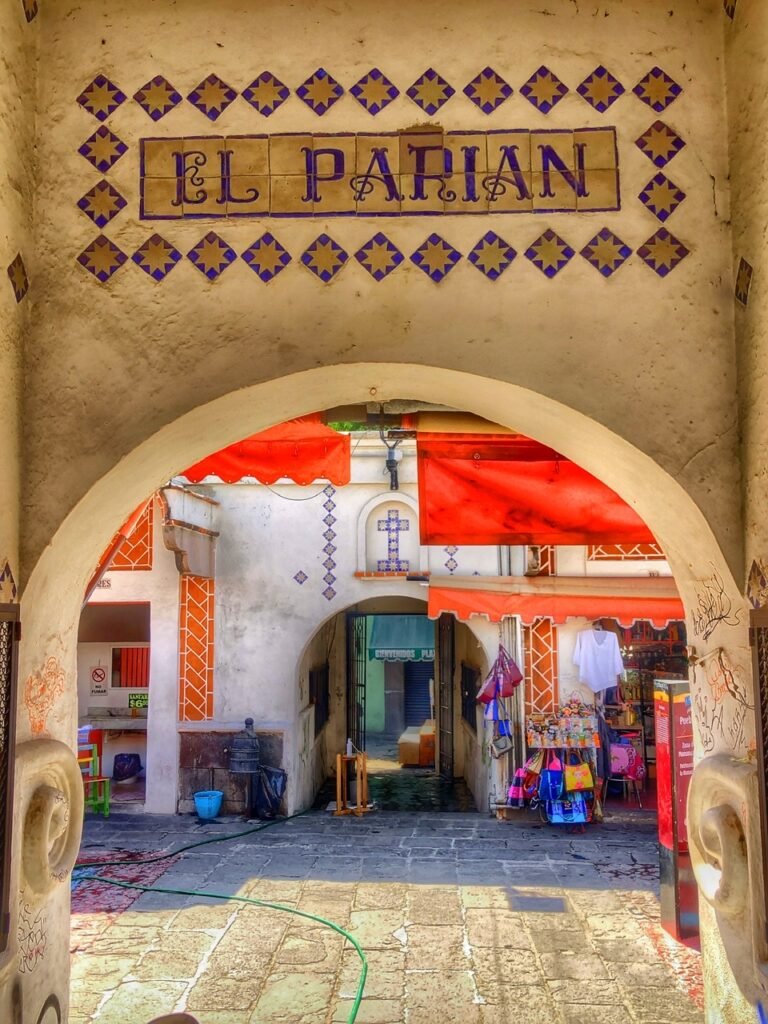
Heading over to the Parian Market. “The word ‘parian’ comes from the Filipino word for “market”. Almost all the Spanish imperial cities had an important commerce center with that name. The first place in Puebla for traders and commerce was in the now disappeared Plazuela de San Roque. Later in 1796, the places for second hand clothes and other stalls were relocated because they blocked the Main Plaza. It was then in 1930 when The Parian was destined to a group of painters, creating ten years later The Barrio del Artista (The Artist Neighborhood) and building a new area for a handcrafts market.

Such unique stalls. Most closed, but we got the gist at least.

Pausing for a photo opp. Mandy looks a bit grouchy. She must be hangry.
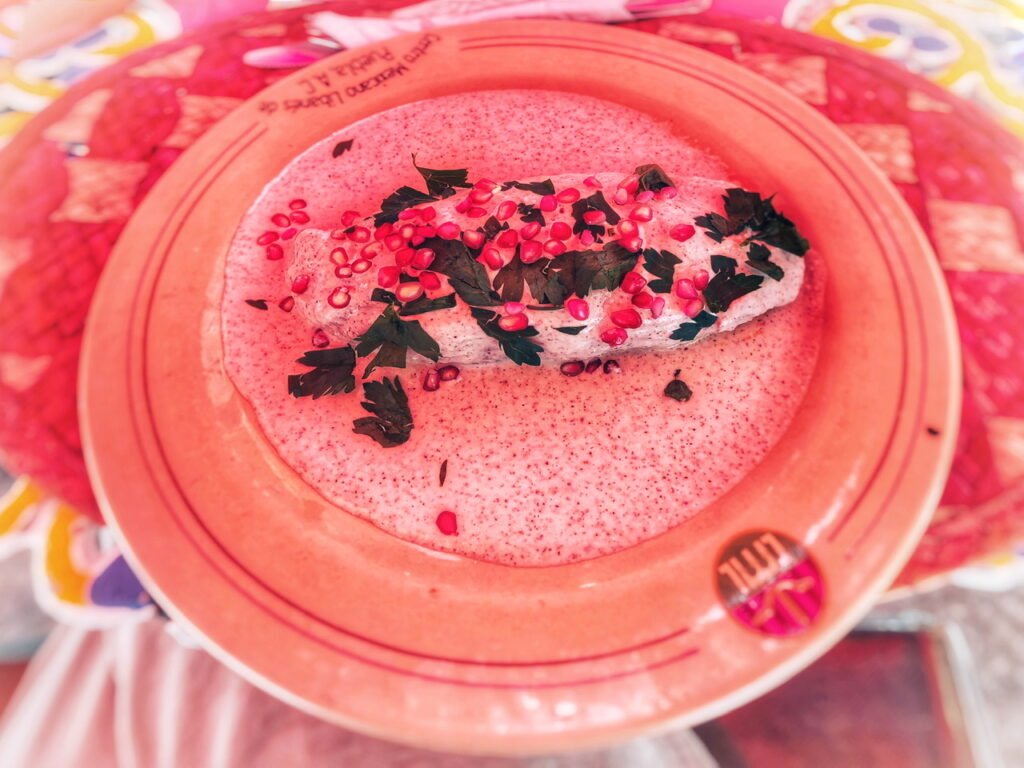
Good thing it was near here we paused for lunch at Restaurant El Alfenique. The gastronomy of Puebla is one of the most diverse and exquisite in all of Mexico. It drew us in because it advertised Chiles en Nogada as being offered “year-round.” Normally this local dish, which was first created by Poblano nuns and displays the colors of the Mexican flag, is only offered July & August (during pomegranate season.) Chiles en Nogada is a dish of poblano chiles stuffed with picadillo topped with a walnut-based cream sauce, called nogada, pomegranate seeds and parsley, and it is typically served at room temperature. The picadillo usually contains panochera apple, sweet-milk pear and criollo peach. It is AMAZING. (Sorry for the bad photo, we were under an umbrella and the lighting was icky.)
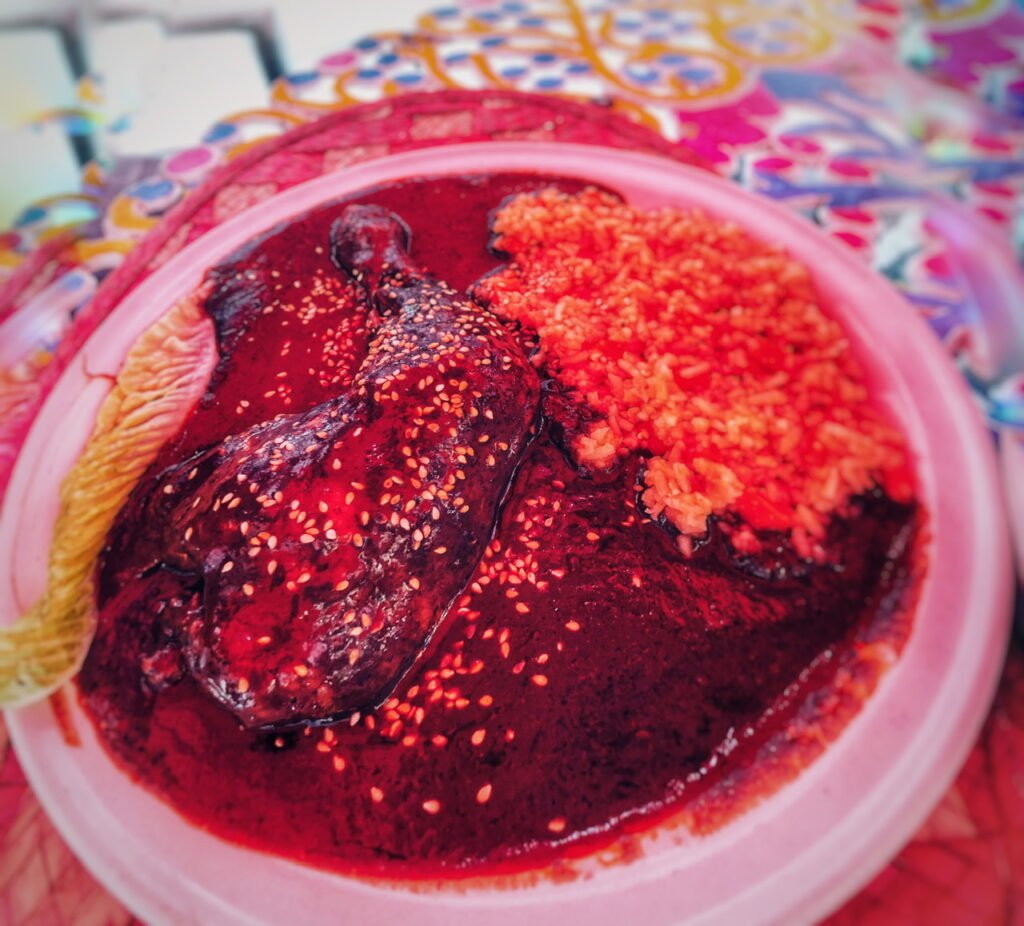
The other notorious dish of Puebla is Mole Poblano, which marries up to 32 ingredients. This authentic dish combines mulato, ancho/pasilla, and guajillo chiles with warm spices, and sweet Mexican chocolate to create a velvety smooth sauce ideal for spooning over chicken or smothering steamed veggies. Again, AMAZING. Complex and delicious. And yes, Mandy is eating chicken. This is kinda one of those cultural exceptions!
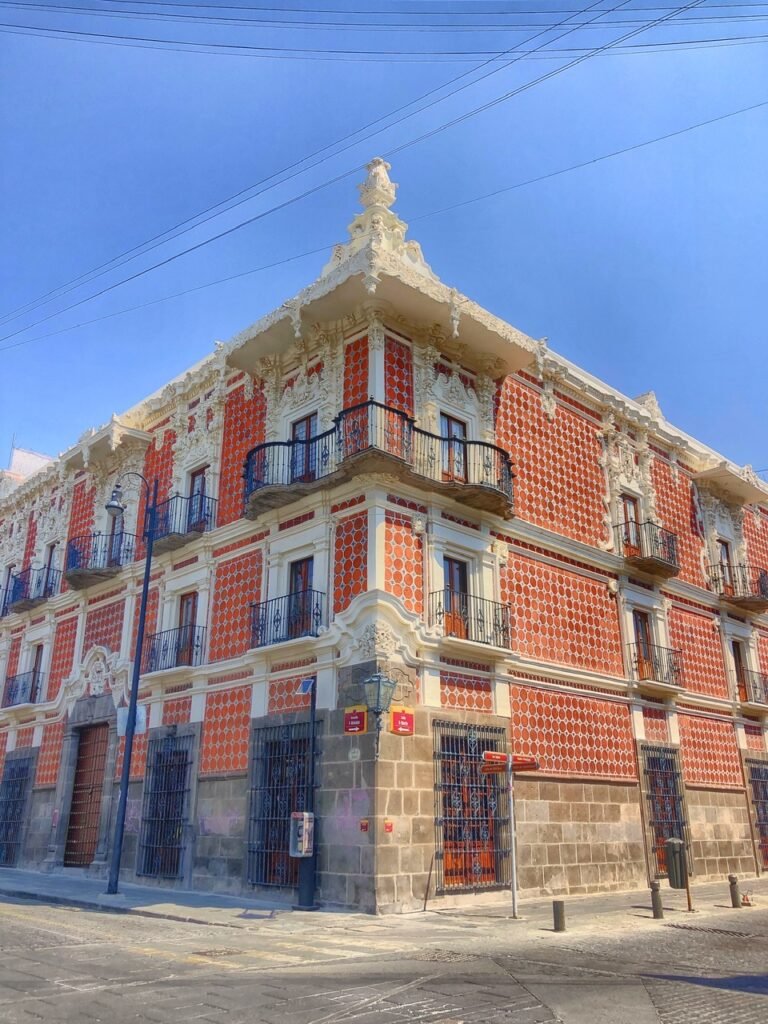
The Museo Casa de Alfeñique has an absolutely spectacular tile shell.
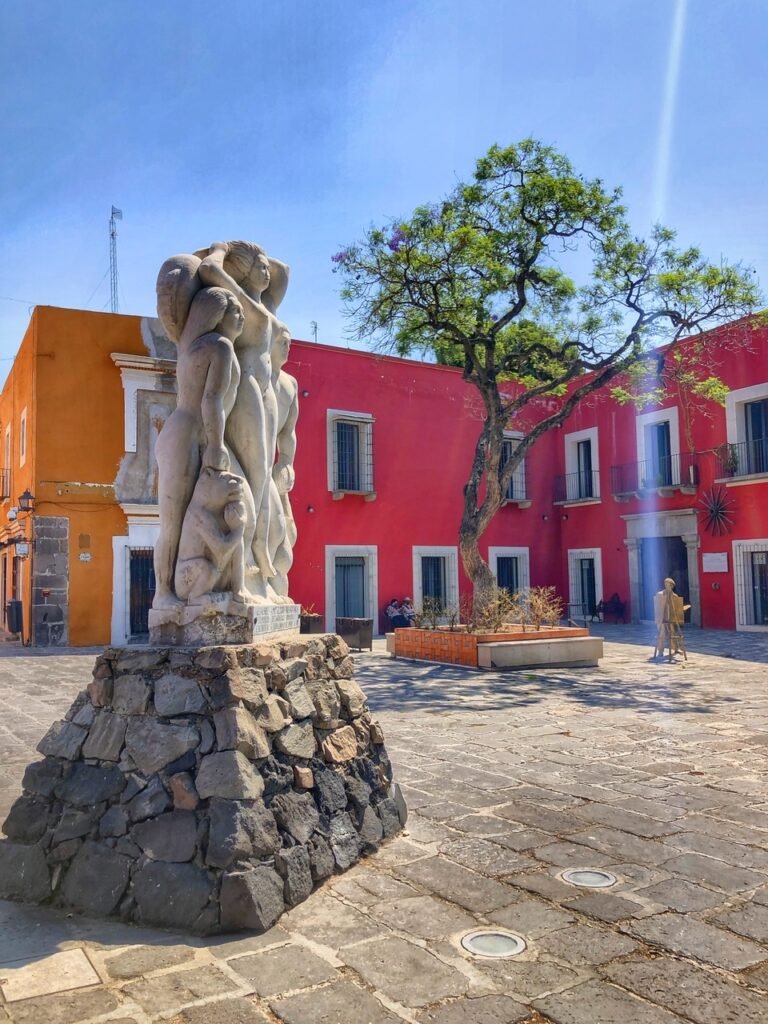
Near El Parian.
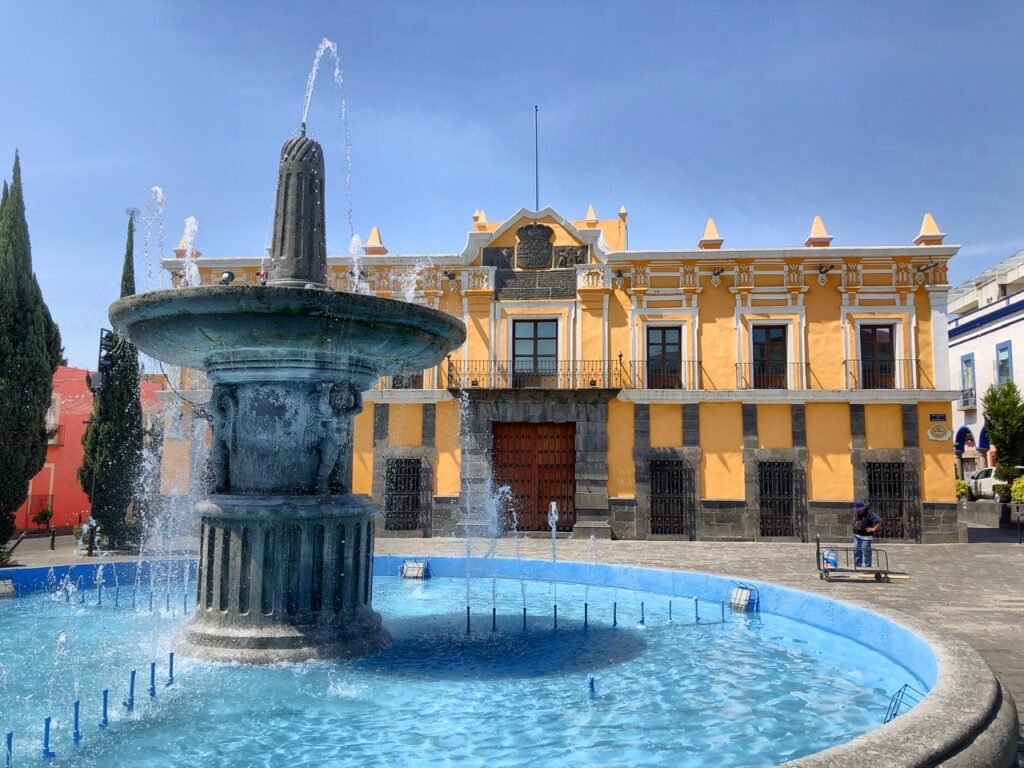
The Teatro Principal was the sixth coliseum established in Puebla in 1759 and remains active for performances today.
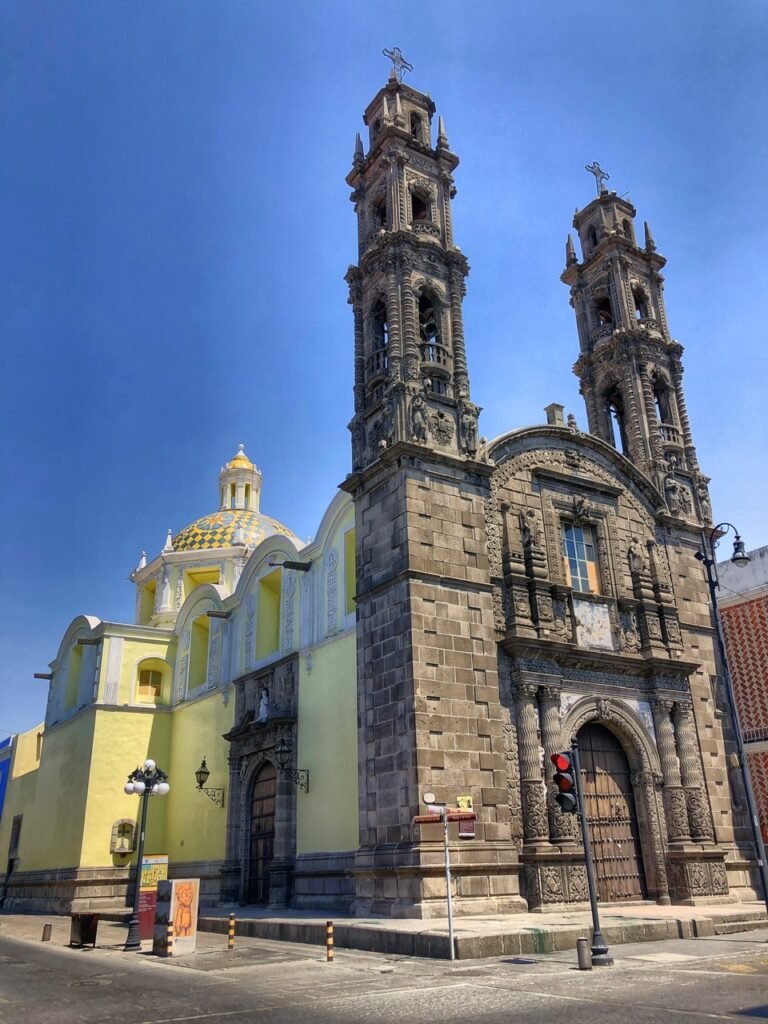
The Church of San Cristóbal seems like it was the compromise of two architects who couldn’t agree on anything. Or, as one of our followers eloquently commented, “Business in front and party in the back! (like a mullet hairstyle).” (Thanks, Darlene.)
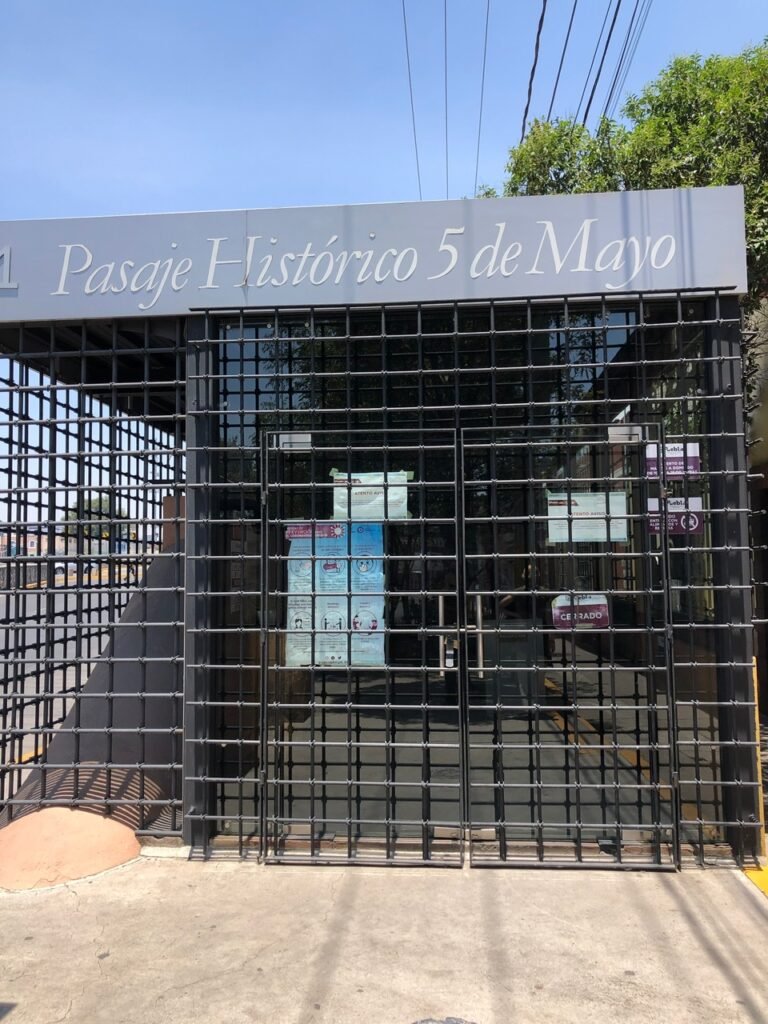
Probably the most heart-breaking attraction to be closed was the Puebla underground tunnels. According to Atlas Obscura, “In the Alley of Cinco de Mayo Road, there’s a doorway leading underground that looks to be an entrance to a subway. But in Puebla, there are no subways. It is, in fact, the tiny entrance to a recently discovered secret of the city, a tunnel system used to connect a fort with the baroque city of Puebla.”
“The underground tunnel system dates back to 1531, but wasn’t unearthed and opened to the public until 2016. It had been covered for decades, and the archeologist who unearthed the tunnel discovered antiques in the mud. Today it operates as a museum that doubles as a citywide thoroughfare.”
Ugh! Why are you closed?
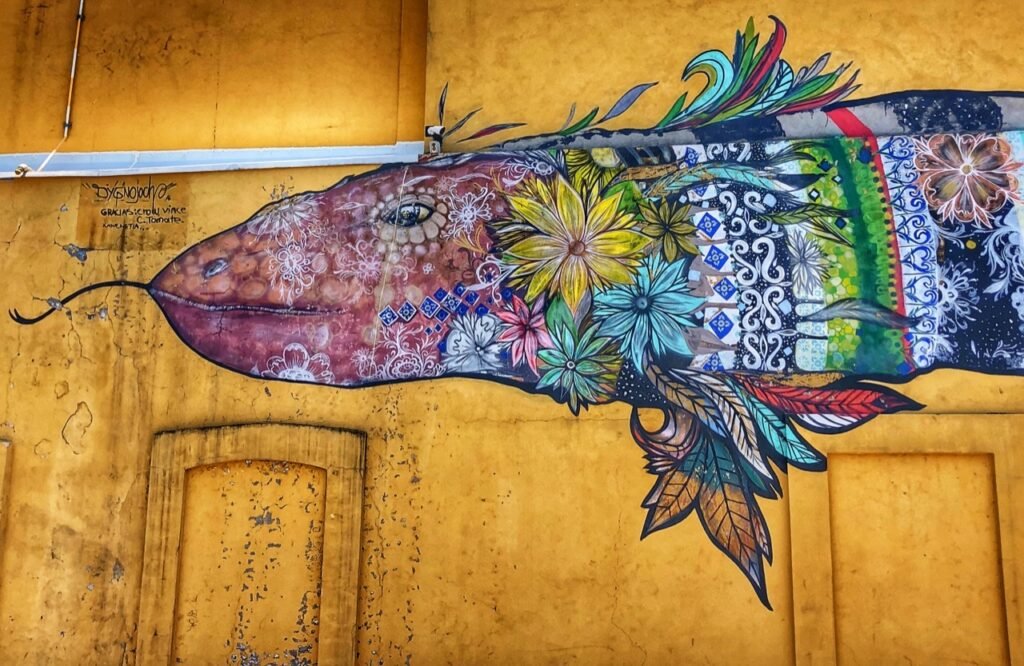
I think this nearby street art is mocking our luck.
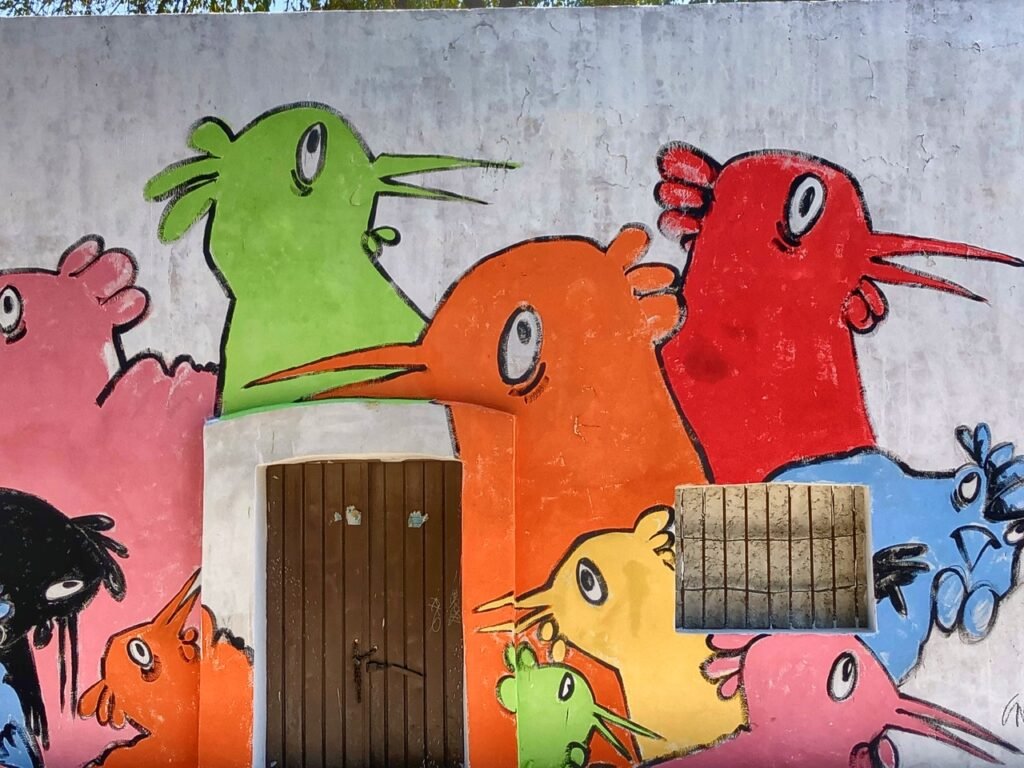
They guys must have been some of the escapees from the Dr. Seuss books. Or, they’re also mocking our luck.
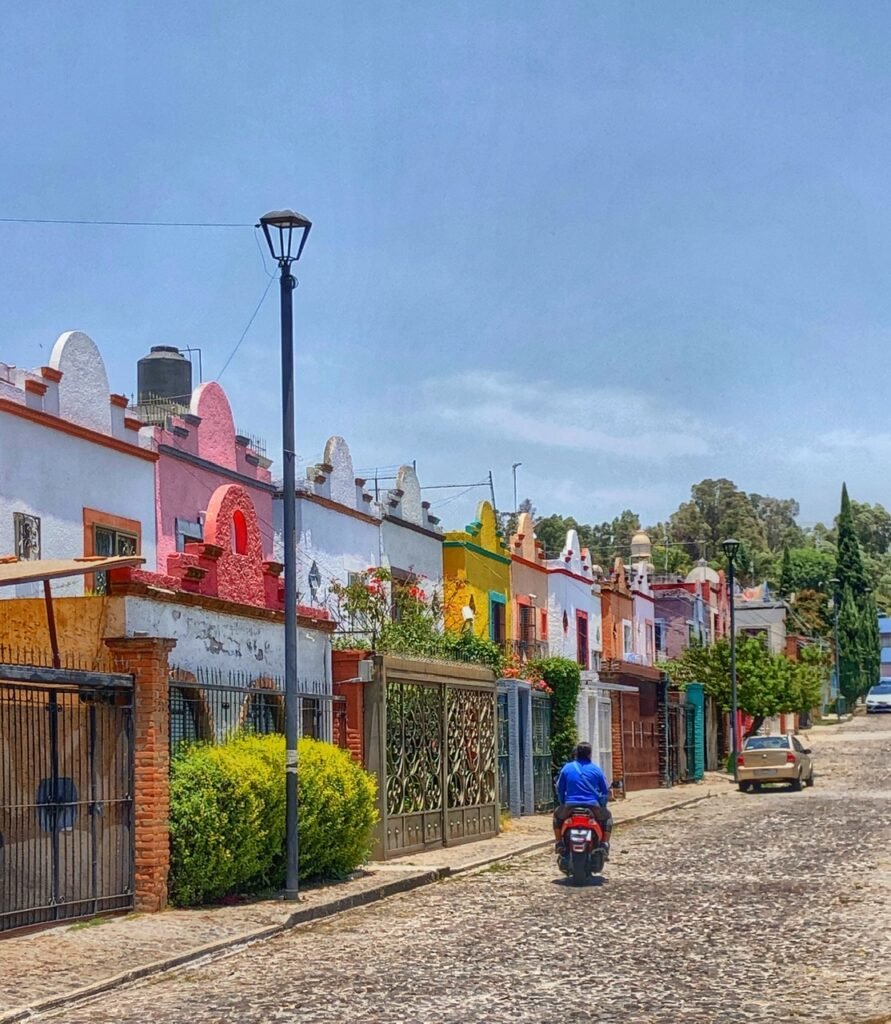
Heading up to Parque Lago de La Concordia, a lovely state park, we uncovered this neighborhood.
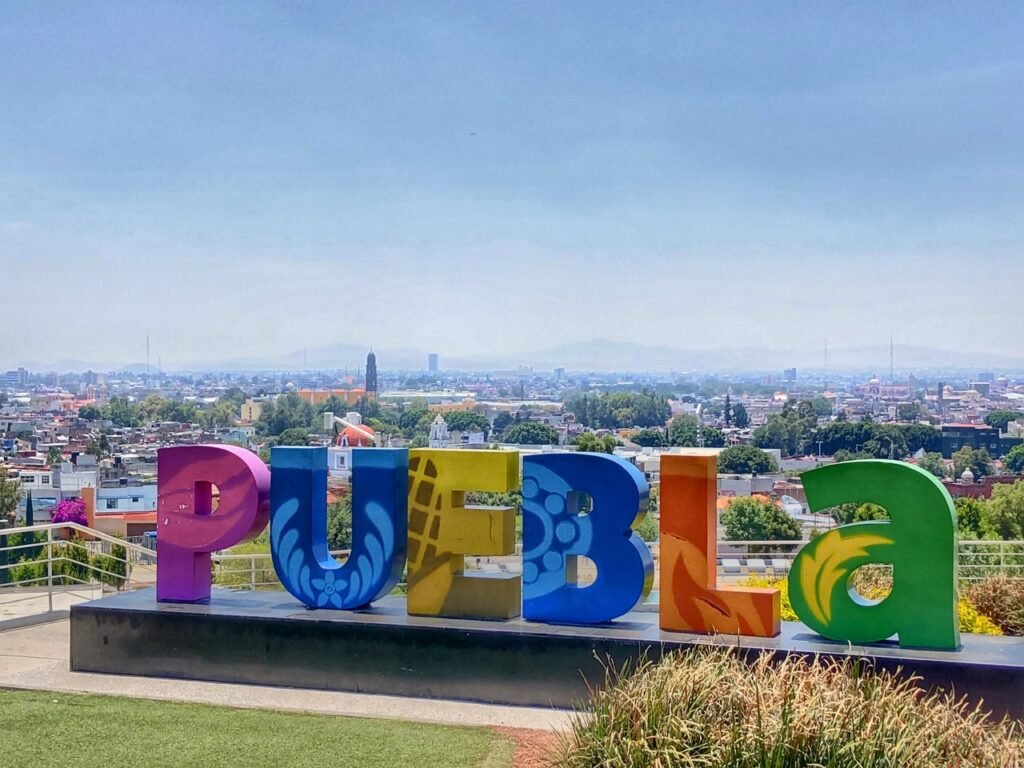
Around the time of the US Civil War, the Frenchies wanted to give the Spaniards a run for their money so they attacked Mexico. Pourquoi pas? This park and museum overlooks the city and places it in context with the historical events, war of independence, French war, revolution etc and most of all the events of Cinco de Mayo. Despite the plethora of (mostly American) parties and bars touting Mexican independence and tequila, the date is actually observed to commemorate the Mexican Army’s victory over the French Empire at the Battle of Puebla, on May 5, 1862, under the leadership of General Ignacio Zaragoza.
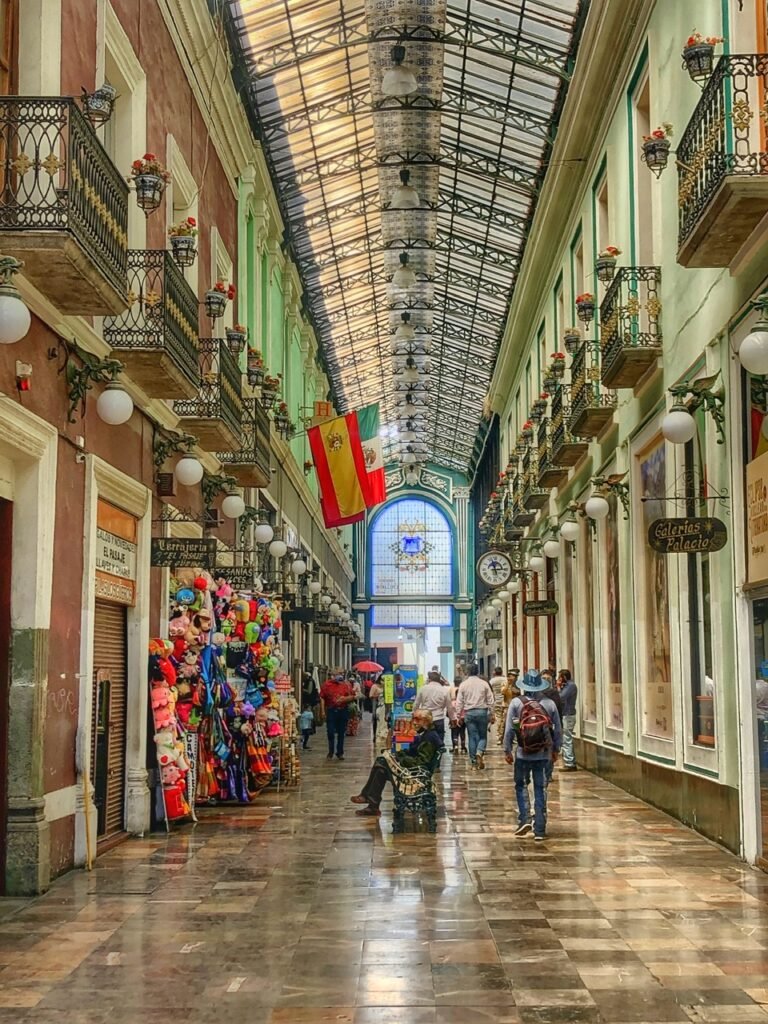
A beautiful passageway near the Zocolo.

